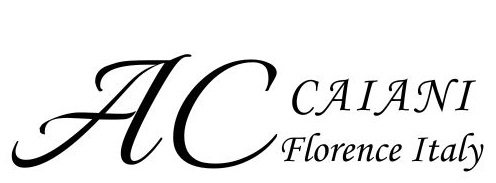Red Wine or White Wine in a blind tasting ? Fruit aromas in wine are a reflection of the grape variety, terroir, and winemaking process, offering valuable insights into the wine’s origin and character. Red wines typically exhibit aromas of red and dark fruits, while white wines showcase notes of white fruits and citrus
For red wine:
Pinot Noir often presents cherry and cassis aromas
Cabernet Sauvignon may display blackberry and raspberry notes
Merlot can exhibit plum and cherry scents
Syrah/Shiraz can range from peppery notes in cooler climates to ripe and dried fruit aromas in warmer regions
For white wines:
Sauvignon Blanc typically expresses citrus, green apple, and tropical fruit aromas
Riesling can showcase a range of fruity aromas, from citrus to stone fruits, depending on the climate
The intensity and specific fruit notes in wines vary based on factors such as grape ripeness, climate, and soil conditions
For instance, cool-climate Sauvignon Blanc from regions like Marlborough, New Zealand, often displays intense grapefruit and passion fruit aromas, while warmer climate versions may have more subdued fruit expression
Climate plays a crucial role in shaping wine aromas. Cooler regions tend to produce wines with fresher, more vibrant fruit notes, while warmer climates can result in riper, more concentrated fruit aromas
For example, Syrah from the cool Northern Rhône Valley in France expresses intense peppery aromas, while the same grape grown in the warmer Barossa Valley of Australia (known as Shiraz) tends to showcase riper fruit and black olive notes
Understanding these fruit aromas helps wine enthusiasts appreciate the unique characteristics imparted by different grape varieties and their growing regions, enhancing the overall wine tasting experience

